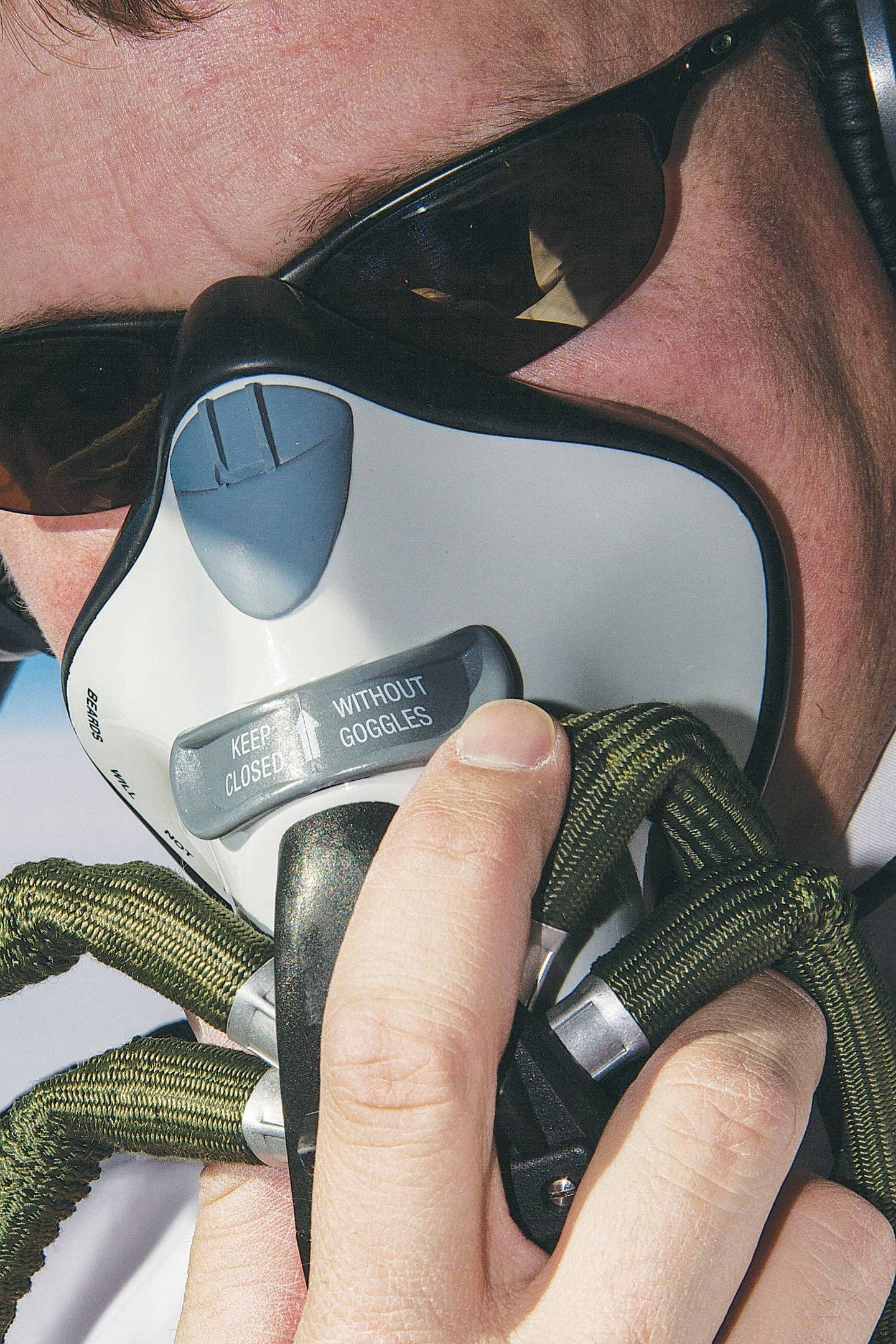
(January 2012) I pulled the radar-detector-size electronic device from my flight bag, set it on the glareshield and frowned. Electrical and audio wires dangled across my lap as I plugged the first cord into the power receptacle on the far-right side of the cockpit and the others into my David Clark headset, which I then plugged in on the left. After toting around an iPad, portable GPS receiver, backup radio, headset, airport security badge, sunglasses and who knows what else, the thought of contending with yet another cockpit gadget didn't rank high on my list.
Still, this was one piece of gear that just might be worth having along for the ride, I thought. If it really works, that is. I was about to try out Zaon Systems’ PCAS XRX portable collision avoidance system, a $1,495 alternative to full-featured traffic alert systems that can cost 10 times as much, and that’s not even including installation costs. So the price was right. But the reviews I’d read about the device were mixed; I had to find out for myself if Zaon’s portable really is a worthy competitor.
Departing VFR from Morristown Municipal Airport (KMMU) beneath the busy New York Class B airspace would be a good test. As I lifted off from Runway 23 in a Cessna 172 on a picture-perfect fall afternoon and turned on course to the north, the PCAS unit immediately issued a traffic alert. I was headed northwest and the XRX unit was sensing a traffic target at my altitude, three miles distant, directly ahead. Just then, Morristown Tower reported traffic at my 12 o’clock, three miles, a Falcon approaching the airport. I didn’t see the bizjet, but clearly the Zaon device did. So far, so good.
Shortly after the Falcon passed to my right, I received another alert. The Zaon unit reported a target three miles to my left and 300 feet above my altitude. Sure enough, a Gulfstream headed for Teterboro Airport was on a path that would take the big business jet directly over me. I initiated a shallow descent to provide a little extra vertical spacing and watched as the Gulfstream passed overhead. So the Zaon unit was two-for-two — already it was exceeding my expectations.
Just as I was beginning to gain some confidence in the XRX unit, continuing north on my cross-country journey to Sky Acres Airport (44N) in upstate New York, I spotted a high-wing Cessna below me and to the left. As the other airplane slid underneath, the Zaon unit remained silent. It had missed one, I thought. Or had it? By this time, I had climbed back to 2,700 feet. The sensitivity on the XRX unit was set to warn of targets within three nautical miles and 1,500 feet vertically. Could this Cessna have been flying more than 1,500 feet below me? There was no way to tell with certainty, but I had to admit it was possible.
Then the unit seemed to go bonkers. For much of the rest of the flight, the PCAS pointed out dubious targets, most of which I’m convinced did not exist. For example, for several miles, it reported traffic ahead at 1.5 miles at my altitude. There was nobody there. A few times, targets appeared and then vanished (by “appeared” I mean that the unit’s arrows pointed toward a supposed target as relative distance and altitude were provided on the PCAS display). My confidence in the unit was starting to wane until it called out traffic that was indeed real: a Piper, 1,000 feet above me, three miles ahead and traveling right to left. The Zaon unit tracked the target perfectly until it was no longer a factor.
On the flight home, the unit never issued a single alert on the entire flight over southern New York. As I flew south crossing into New Jersey, the Zaon unit suddenly beeped, warning of traffic 1.4 miles ahead and to my left, at my altitude. Sure enough, a low-wing piston single was zooming past. It was no real threat, but it was also closer than I’d prefer considering I’d spotted the airplane for the first time from less than a mile and a half away.
So what’s my verdict? Even Zaon admits that the PCAS unit doesn’t do a great job sensing targets behind, so that’s a concern. I also wondered about those occasions when I’m fairly sure, for reasons unknown, that I was receiving nuisance alerts. But it’s the several occasions during which the Zaon product saw the traffic and tracked it properly that make me want to say with near certainty that, most of the time, this product works great — probably. Would I continue flying with Zaon’s PCAS in the absence of any other traffic-alerting technology? Based on my limited exposure, absolutely.

Sign-up for newsletters & special offers!
Get the latest FLYING stories & special offers delivered directly to your inbox






